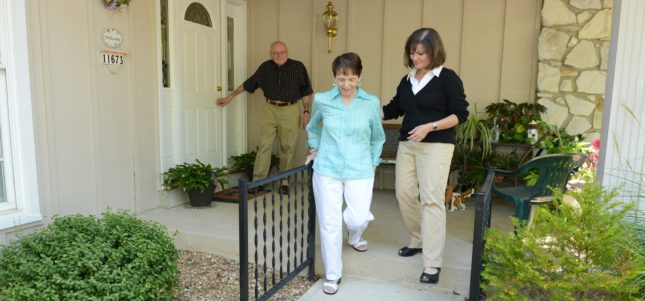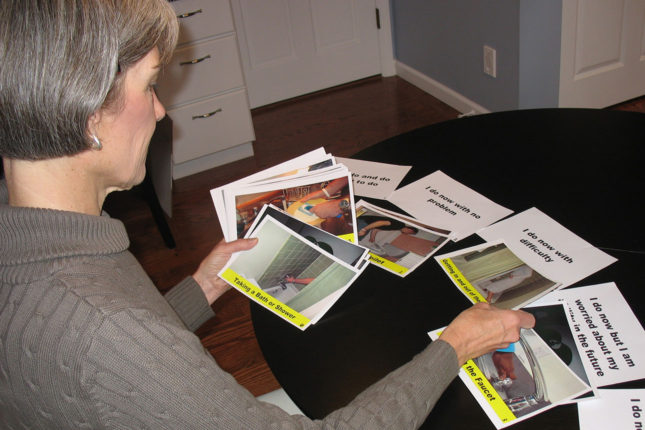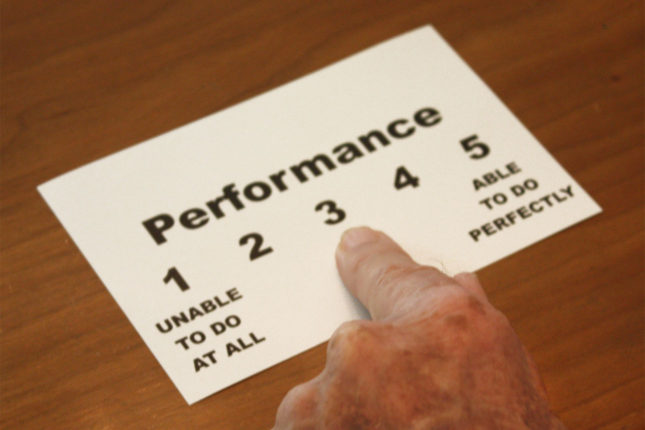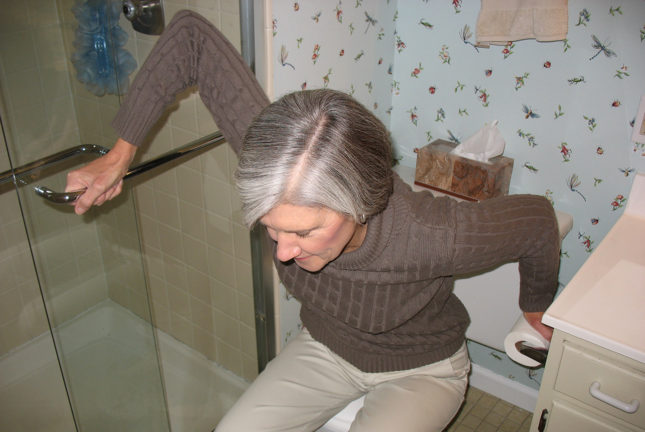
The In-Home Occupational Performance Evaluation (I-HOPE) targets activities performed in the home that are essential for aging in place. The purpose of the I‐HOPE is to measure the effects of an incompatibility between a person’s abilities and the environment or the “person-environment misfit” of older adults and their homes.
The I-HOPE helps therapists measure clients’ in‐home activity performance and observe changes in person‐environment fit before and after home modification interventions.
The I-HOPE offers a psychometrically sound assessment of daily activities that considers the client’s perspective and satisfaction while recognizing the role of the environment in performance.
We developed the I-HOPE in response to the lack of performance‐based assessments that evaluate function in relation to the environment.
Jump to ordering information »
How it works
The I-HOPE is a multistep assessment that is conducted in the client’s home by a trained rater. The I-HOPE takes approximately 60 minutes to conduct and requires no specialized equipment beyond the materials included in the kit.
Materials include:
- Manual
- Assessment forms
- Barrier list
- Activity cards
- Response cards
- Summary score sheets
Three easy steps

Step 1:
An assessment of current in-home activities is conducted using a set of 44 cards of images depicting older adults participating in daily activities. An overall score for activity performance is then calculated.

Step 2:
Priority activities are identified for intervention and given a subjective performance and satisfaction score.

Step 3:
Performance-based rating of barriers’ influence on performance
Understanding the results
The I-HOPE yields four sub-scores that can be used individually or as a profile of performance.
| Sub-Scores | Construct | Calculation |
| Activity | Proportion of problematic activities | Sum of activity difficulty scores ÷ number of activities the person wants to do |
| Performance | Subjective performance of daily activities | Mean of rating for prioritized problems |
| Satisfaction | Subjective satisfaction with performance of daily activities | Mean rating for prioritized problems |
| Total Barrier Severity | Interviewer rating of person-environment fit | Sum of each rating |
Training
Online training videos are available upon request by emailing peplab@wustl.edu.
How to order
NOTE: A signed copyright notice is required before we can process your order. Please download, sign and return to peplab@wustl.edu. Directions for signing documents using Adobe software can be found on the Adobe website.
To order the I-HOPE online using a credit card, click on the button below.
To order the I-HOPE using tax-exempt status, by purchase order or by check, please contact us at peplab@wustl.edu.